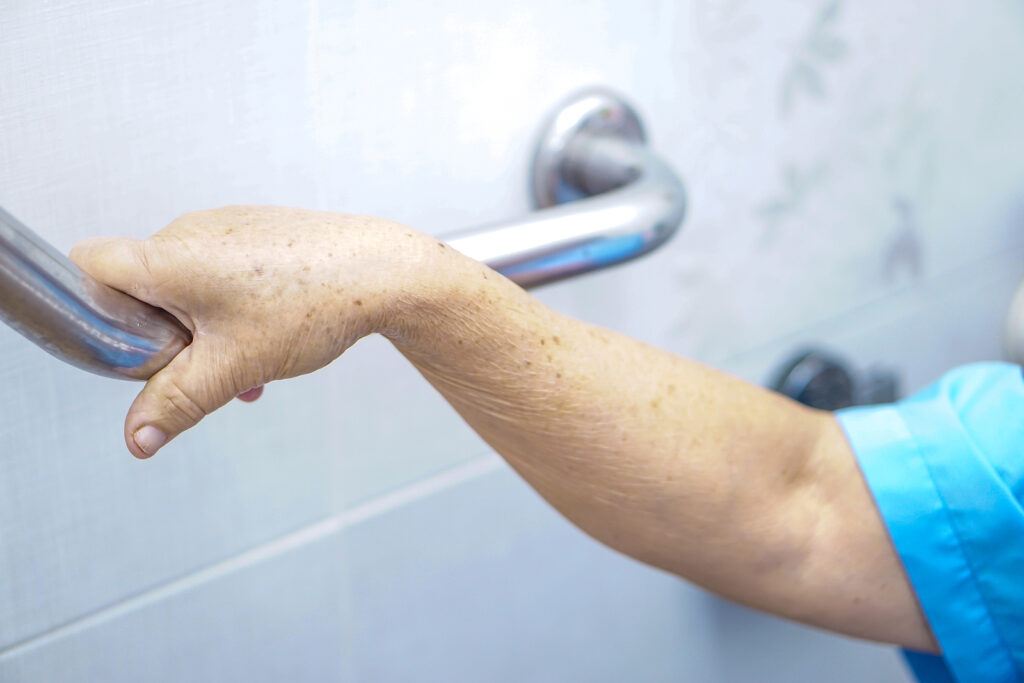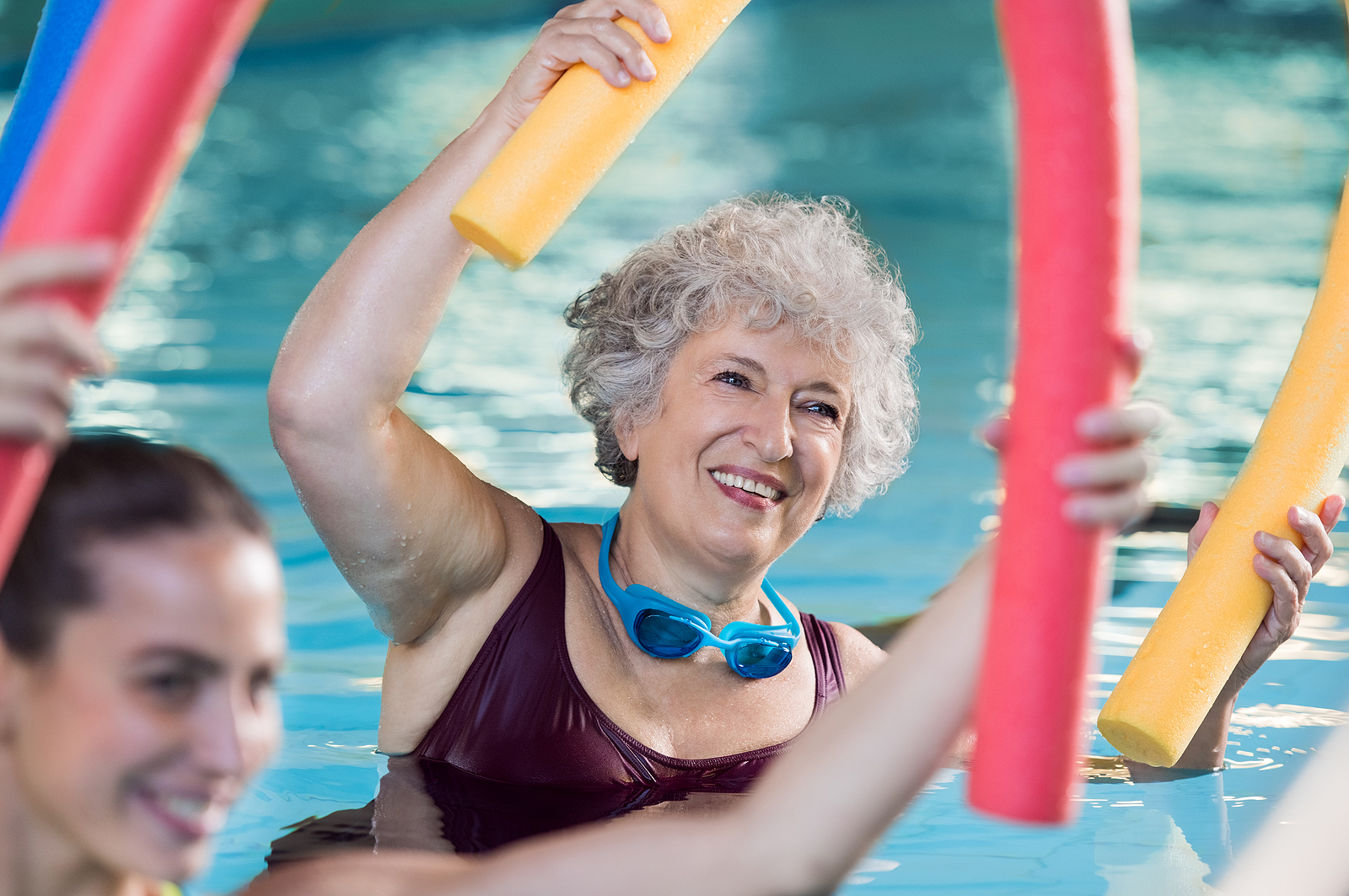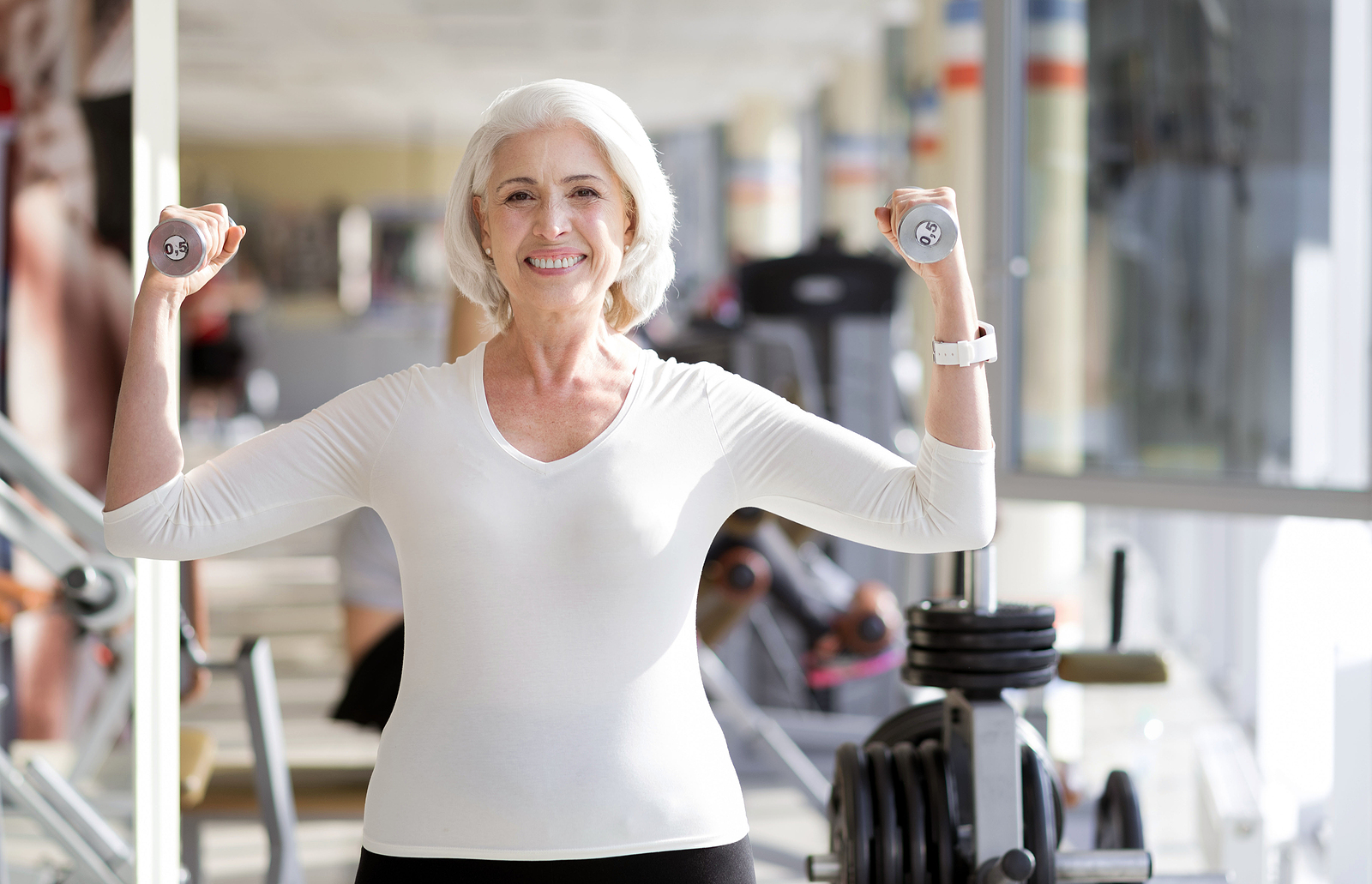As we get older, we naturally pay more attention to our health, but there’s one area of fitness that often gets overlooked (even though it plays a vital role in our daily lives) – grip strength.
Think about it: from holding a coffee cup to opening a jar, buttoning a shirt, or safely using a handrail, grip strength is involved in almost every task we perform.
And it’s not just about having strong hands – grip strength is also a powerful indicator of overall health and independence.
And this is especially true for seniors.
For seniors, maintaining or improving grip strength can make a huge difference when it comes to function and independence.
And fortunately, there are simple exercises seniors can start doing today to improve their grip and overall function.
Let’s explore some of the most effective and easy-to-follow exercises to improve grip strength at home or on the go.
Why Grip Strength Matters for Seniors
A certain level of grip strength is necessary for most daily tasks (holding a cup, getting dressed, etc.), but grip strength is a also key indicator of overall muscle function and health.
In fact, studies have shown that seniors with stronger grip strength often experience better mobility, greater confidence, and an improved quality of life.
Weak grip strength, on the other hand, can limit mobility and contribute to accidents.
This makes sense if you think about it.
Folks with stronger grips usually have improved strength in other muscles as well, making it easier to stand, walk, and get around.
On the other hand, if your grip is weak, it’s likely you have weakness in other areas as well.
And generalized muscle weakness makes it more challenging to transfer, go up/down stairs, walk, and pretty much any other activity you can think of.
Weakness is also a big contributor to fall risk, so improving overall strength makes us less likely to lose our balance and have accidents.
In other words, being stronger makes everything easier – the problem is, a lot of us likely aren’t focusing on grip strength specifically.
And as we age, plenty of other contributing factors (arthritis, carpal tunnel syndrome, neurological disorders) can lead to weaker grip strengths.
Fortunately, there are plenty of straightforward exercises seniors can use to improve grip strength…
Easy and Effective Ways to Improve Grip Strength
Whether you’re just starting or looking to maintain your progress, these techniques can be integrated into daily life with minimal equipment.
1. Hand Squeezes
In order to improve grip strength, we need to strengthen the muscles responsible, which are largely the finger and wrist flexors.
We can work these muscles by practicing squeezing against resistance and this can be done with plenty of different materials.
From adjustable grip trainers to Theraputty, seniors have a ton of options to choose from when it comes to squeezing apparatuses.
But when in doubt, you can use a tennis ball or simple stress ball.
- How: Hold in one hand and squeeze for 5 seconds, then release.
- Reps: Do 10-15 repetitions per hand, 2-3 times per day.
2. Wrist Curls
When working on improving functional strength, it’s a good idea to include wrist flexion exercises as well.
Not only do you work the finger flexers by grasping the item, but you focus on the wrist flexors as well – the result is a potent exercise to improve strength.
You can do this exercise with light dumbbells or even a can of soup, depending on your fitness level.
Just keep in mind that you don’t need a lot of resistance to make this exercise effective.
- How: Sit with your forearm resting on your thigh, wrist over the edge, palm up. Curl the wrist up, then slowly lower.
- Reps: 10 repetitions per wrist, 2-3 sets.
3. Finger Extensions
The finger/wrist flexors do a lot of the work during gripping, but we don’t want to forget the finger extensors.
After all, the opposing muscle groups need love too.
Improving finger extension strength will add to a better overall grip, but it’ll also make it easier to open your hands and improve fine motor control (which comes in handy while buttoning buttons).
- How: Use a rubber band around your fingers and thumb. Slowly open your hand against the resistance.
- Reps: 15 repetitions per hand, 2 times daily.
4. Towel Wringing
This one may sound silly, but it’s surprisingly effective at working pretty much every muscle necessary for a strong grip.
Plus, it simulates a functional, real-world task – and any time we can keep exercises functional, it’s all the better.
It’s also nice that you don’t have to buy any additional equipment for this one – we all have towels at home.
When performing this exercise, focus on maintaining a strong grip while wringing the towel out.
You can also do this exercise without soaking the towel in water (for less mess), but having the water gives you something to work against.
- How: Soak a towel and twist it as if wringing out the water.
- Reps: 10 wrings in each direction, repeat for 2-3 sets.
5. Farmer’s Carry (Light Version)
The farmer’s carry is a great exercise that works a lot of muscles at once, but it’s also a functional move that improves real-world performance.
It’s also a simple move that’s pretty easy to master.
The farmers carry is a great way to improve postural strength, endurance, and lower body strength, but it’s also a great way to improve your grip.
- How: Hold a lightweight object (grocery bag, dumbbell) in each hand and walk.
- Reps: 3 sets of 10-20 steps (per leg).
- Tips: Keep shoulders back and walk slowly with control; Maintain a strong grip throughout; Make sure you have the same amount of weight in each hand.

Additional Tips for Success
Here are a few extra considerations to keep in mind to help ensure you see the results you’re after:
- Stay Consistent: Like any exercise, regular practice yields the best results.
- Warm Up: Stretch your fingers and wrists before and after.
- Go Slow: If you feel pain, stop and reassess. Discomfort is okay—pain is not.
- Track Progress: Write down how many reps you do each week to stay motivated.
When to See a Specialist
If grip weakness is sudden or severe, consult a healthcare professional, as it could be linked to arthritis, nerve conditions, or other issues that may require more advanced care.
If you experience numbness in your hand, it’s also a good idea to see your physician, as this is often caused by neural issues that may require additional treatments.
If your grip strength is getting to the point where you find yourself having a hard time picking things up (or dropping things often), it may be a sign that professional assistance is warranted.
Occupational and physical therapists can help provide personalized grip training plans (as well as other helpful info) to help you meet your goals.
Final Thoughts
Improving grip strength may seem like a small goal, but it can lead to big changes in your daily life.
Stronger hands mean greater independence, better balance, and the confidence to keep doing the things you enjoy (even if that simply means being able to open a jar without help).
The best part?
You don’t need a gym membership or fancy equipment to see results.
With just a few minutes a day, using everyday items or simple tools, you can begin to see and feel real progress.
Remember: consistency is key.
Start slow, listen to your body, and celebrate small victories along the way.
And as always, if you have any health concerns, talk to your healthcare provider before beginning any new exercise routine.
I hope you found this article helpful and if you have any questions or comments, feel free to leave ’em below and I’ll get back to you shortly.



